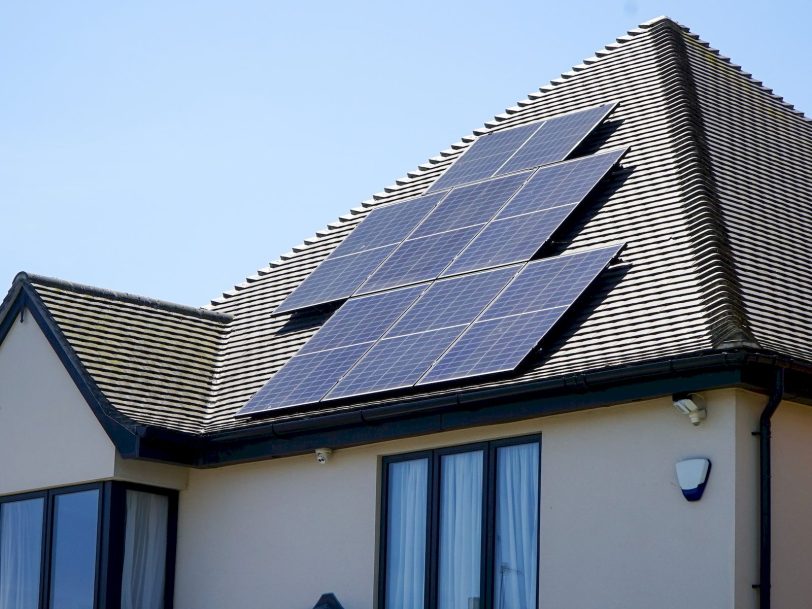How long is the lifespan of a solar panel?

The sun is an extraordinary source of energy that is currently used, both in companies and in homes. Therefore, it has become a mandatory issue in environmental sustainability. That is why a solar panel represents excellent cutting-edge technology; however, it has brought various controversies around its useful life. Thus, we tell you what we know about it.
Information about solar panel
Solar panels are made up of a group of photovoltaic cells. In this sense, regarding the question of when solar panels charge, it can be said that this occurs when the cells transform solar energy into electricity. These cells are made up of layers of silicon with phosphorus and boron.
Now, how many kWh does a solar panel produce? There are several components that affect the amount of energy produced. However, it is anticipated that a single panel can generate approximately 2 kWh per day.
On the other hand, it is important to note that solar technology is here to protect the environment and help people. One of the purposes of solar panels is to make the most of the technology so that people and businesses can save money on their electricity bills.
Some interesting figures about solar panels
The report of the International Energy Agency has exposed the increase in the use of solar energy. In fact, the growth of energy from the sun is higher than that of other fuels. Likewise, it was stated that, together with wind energy, they represented close to 90% of the total investments worldwide.
Despite this, there is concern about the manufacture, transport and minimum recycling of the solar panel. The equipment that completes its useful life cycle will have an impact of eight million tons of waste; At the same time, there are those who affirm that this figure will continue to increase tenfold by the middle of the century.
Studies have shown that the lifespan of the solar panel will be longer than expected. This changes the perspective of replacement and, of course, waste. Let’s see more details about it.
The solar panel and its useful life
The International Energy Agency estimated that the average useful life of photovoltaic cells was 30 years. This would result in a large amount of waste by early 2030. At that time, the approximate amount of waste was in the range of 43,500 to 250,000 metric tons. For his part, Glover says something similar by stating that the industry standard for the useful life of these panels is 25 to 30 years.
Contrary to the above, recent data from the study at the Colorado School of Mines reveals a longer time in the useful life of a solar panel. According to this source, the approximate duration is 50 years. This discovery allows the recycling industry to expand its processes and minimize waste processing costs.
What makes you think that the useful life will be extended? Mirletz evaluated all supply chain factors on the panels. At the same time, they showed that there are not many studies that thoroughly analyze the life cycle of these. Therefore, factors such as efficiency and durability were not taken into account.
The model developed in the study used reliability data to optimize lifetime forecasts for solar arrays in the field. Among the most notorious results were:
- 336 lifetime recycling scenarios were raised. In these they found various ways to reduce the demand for virgin materials and life cycle waste. All this while maintaining installed capacity until 2050.
- It is better to use solar panels on existing arrays for as long as possible rather than replace them.
- The new panels could be used in future projects.
- The longer the life, the less solid waste will be the product of recycling.